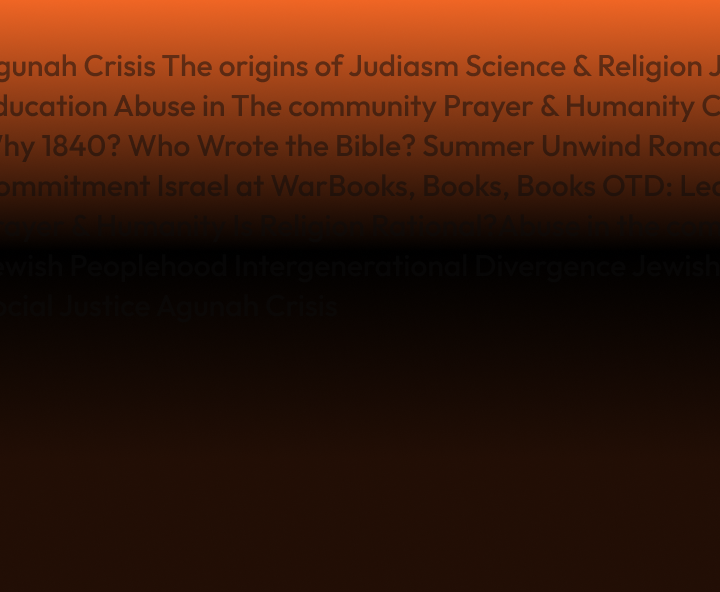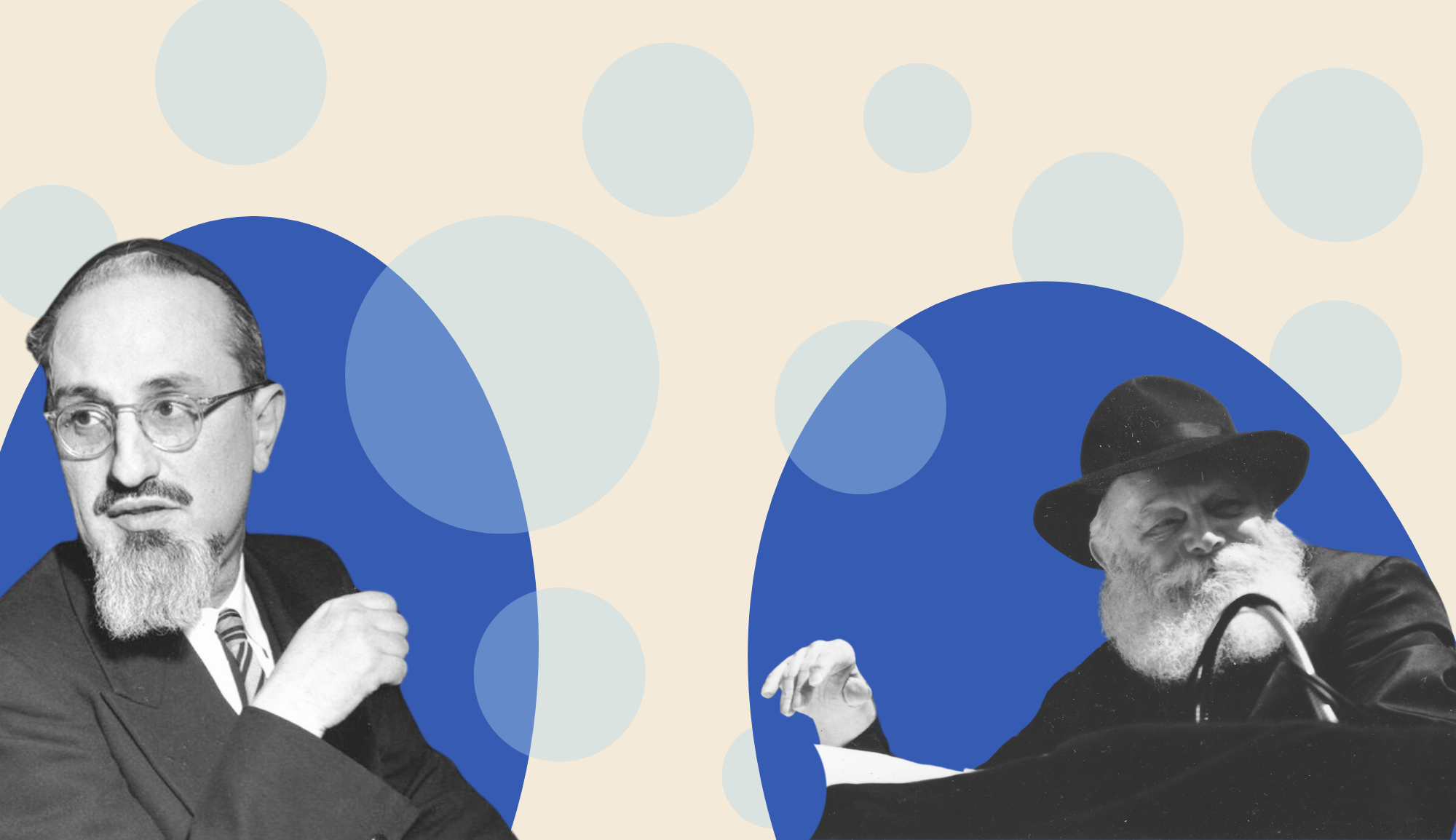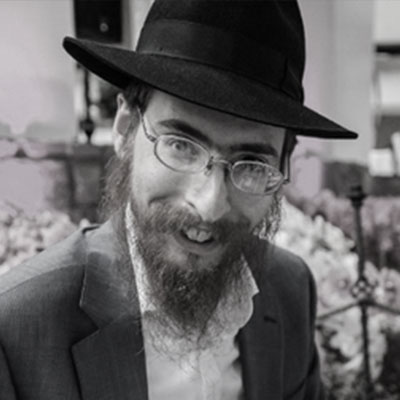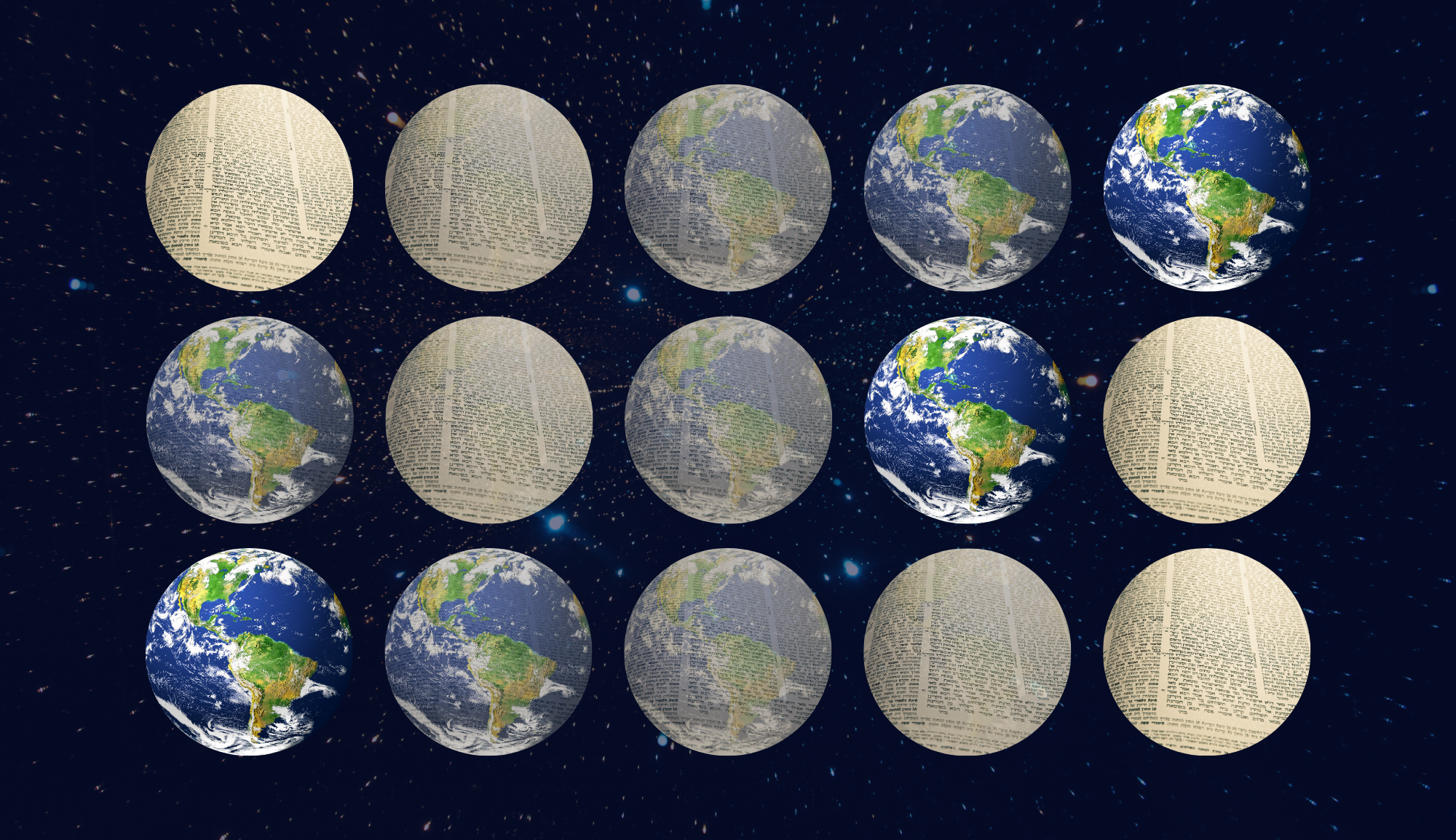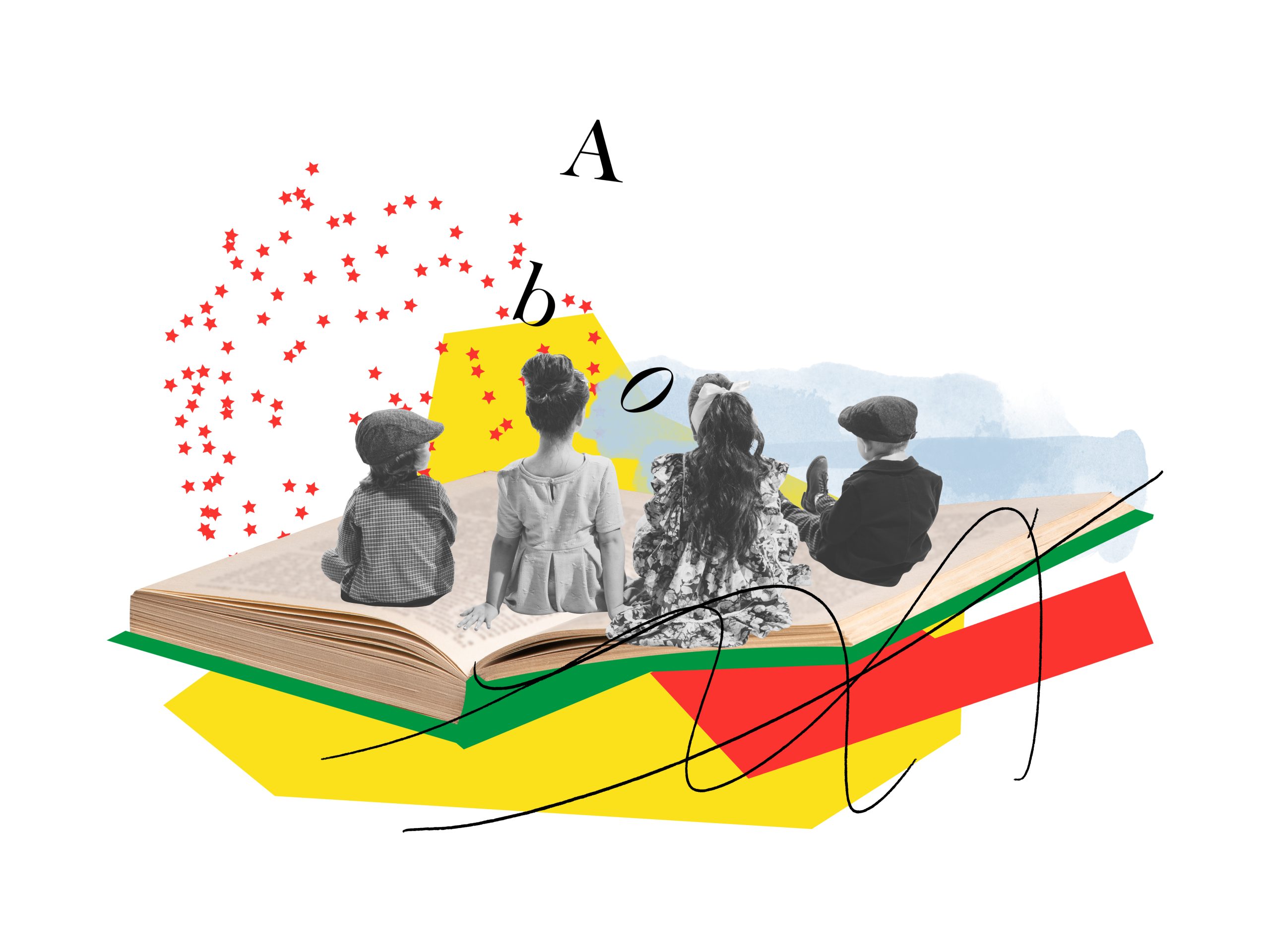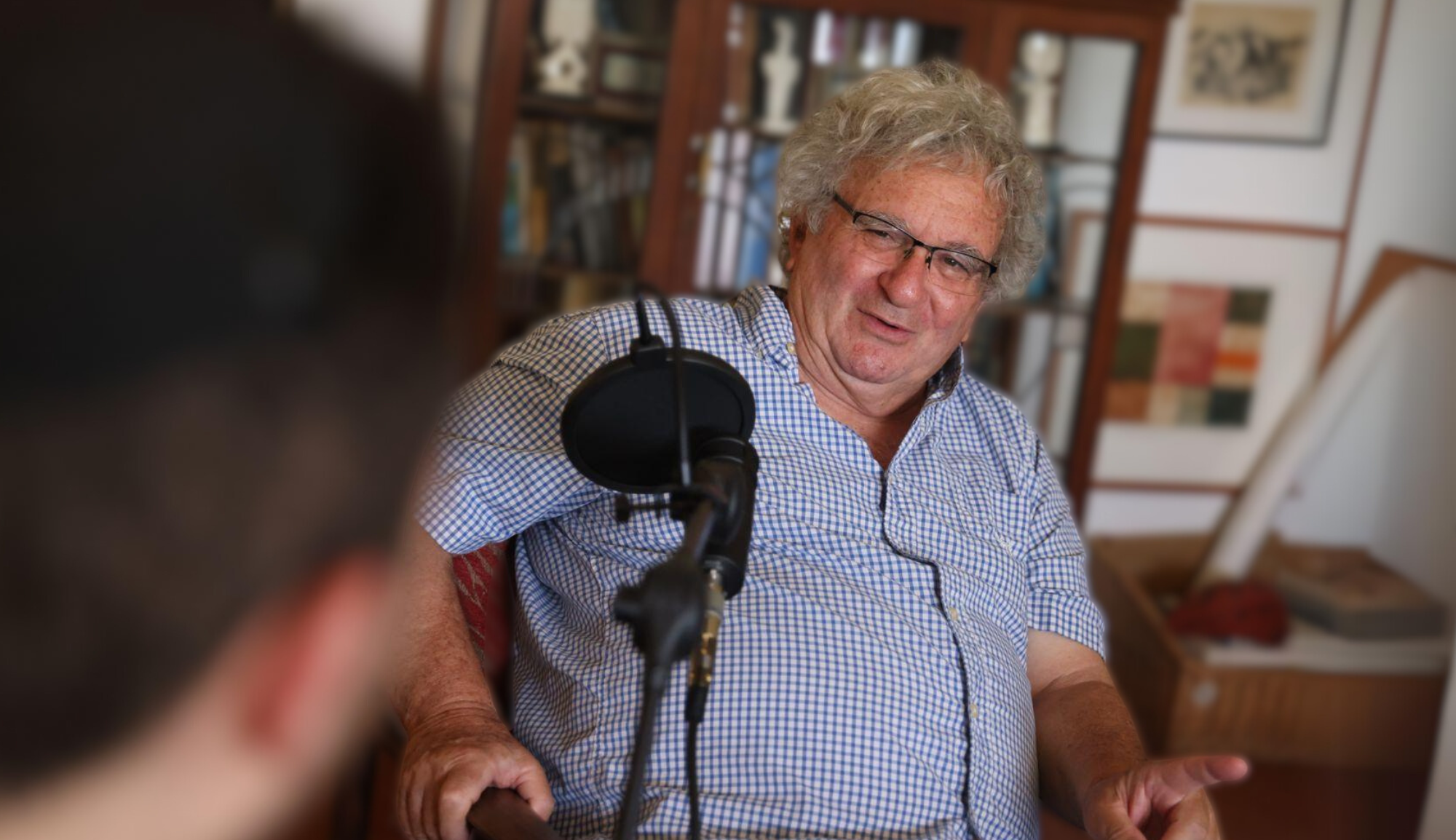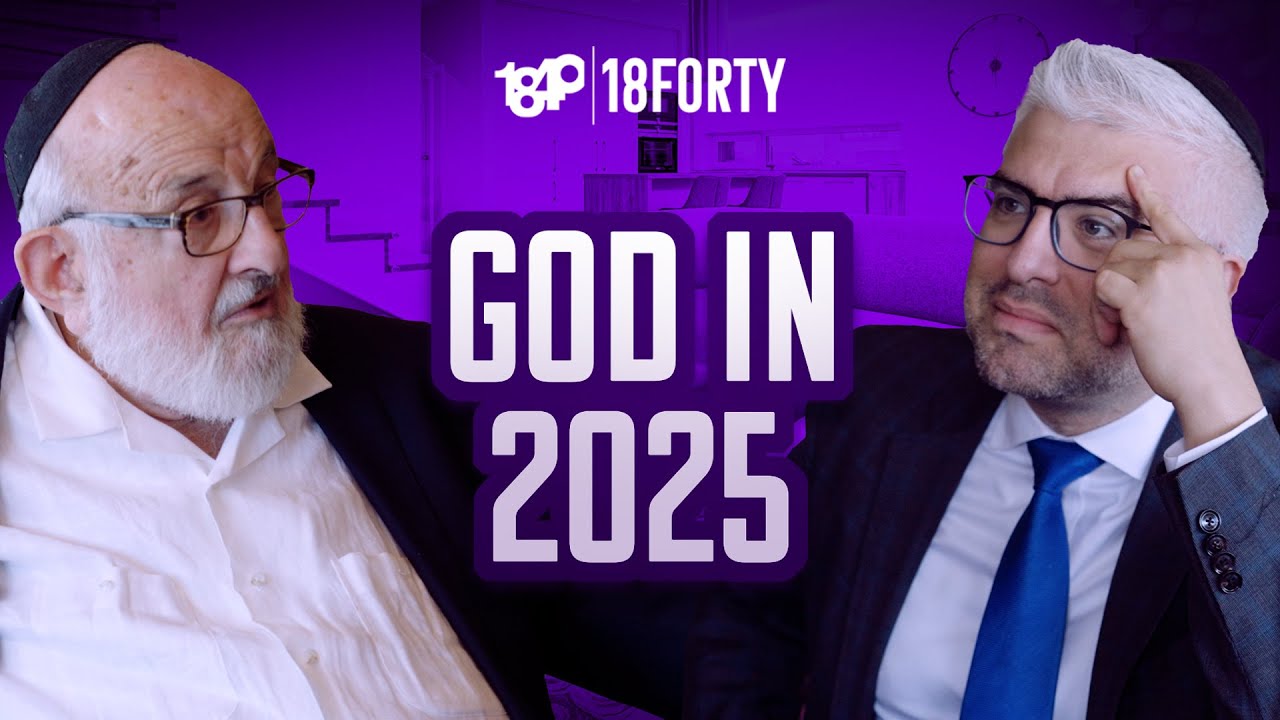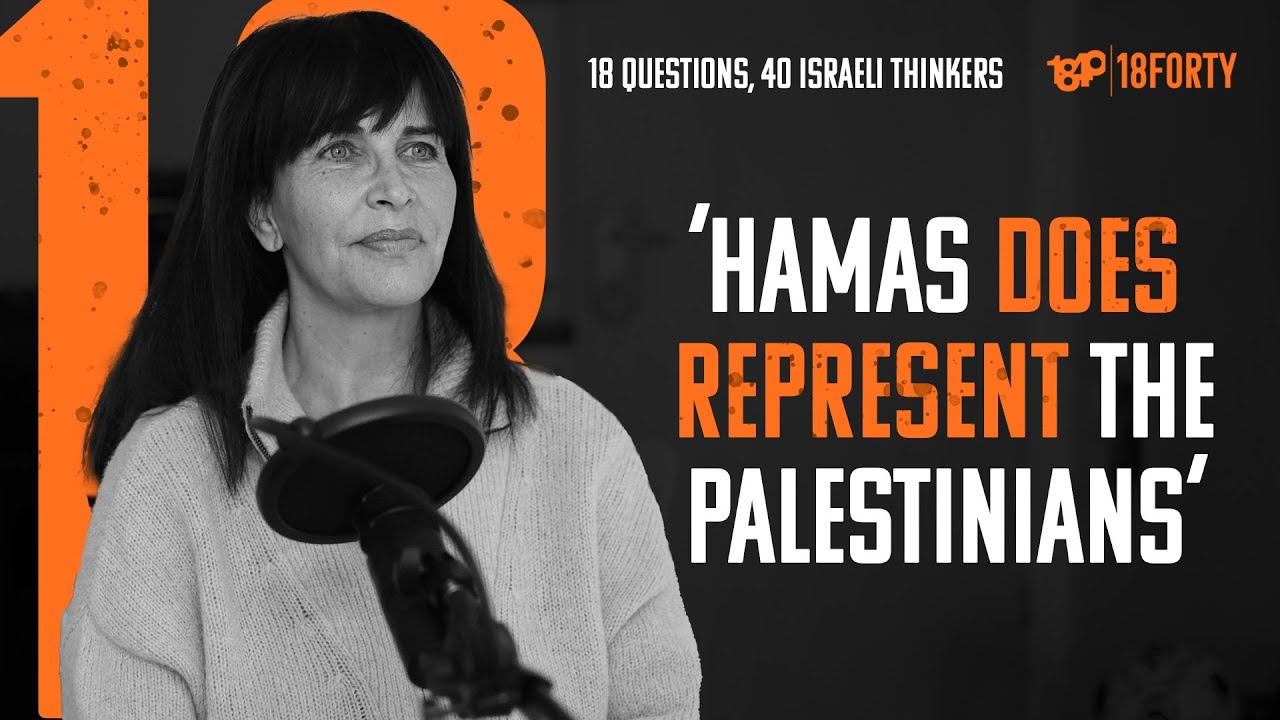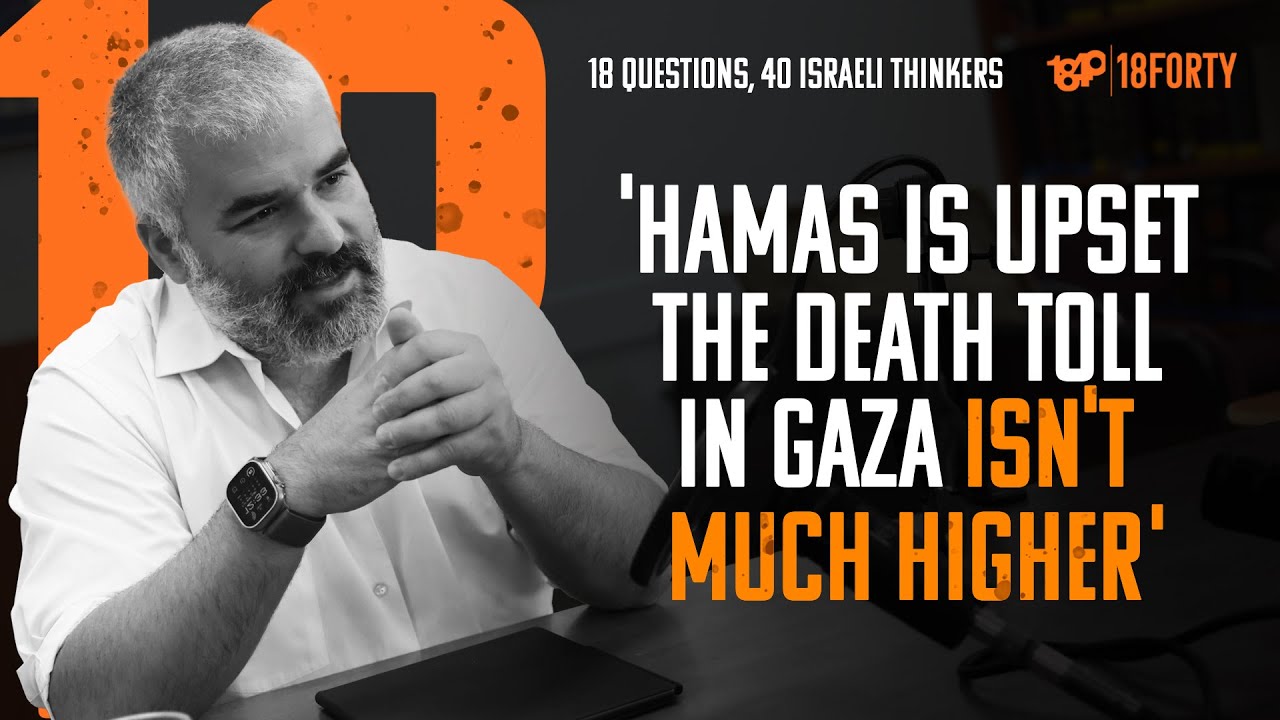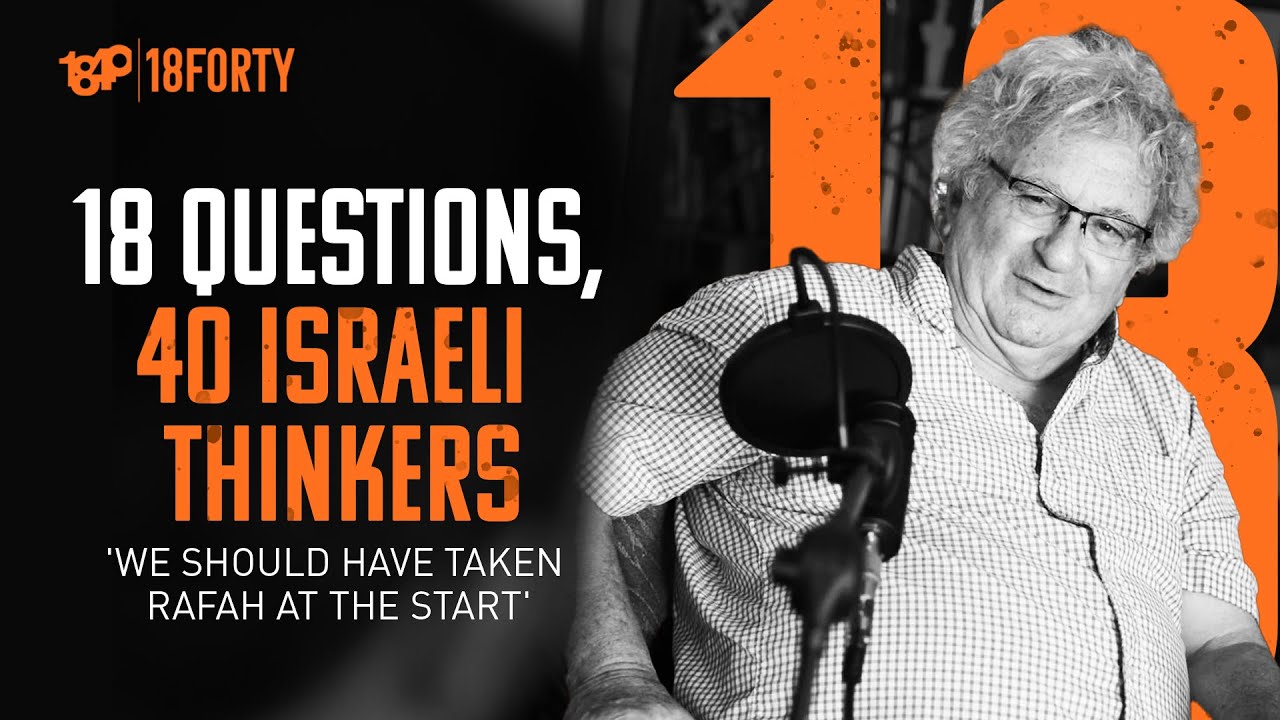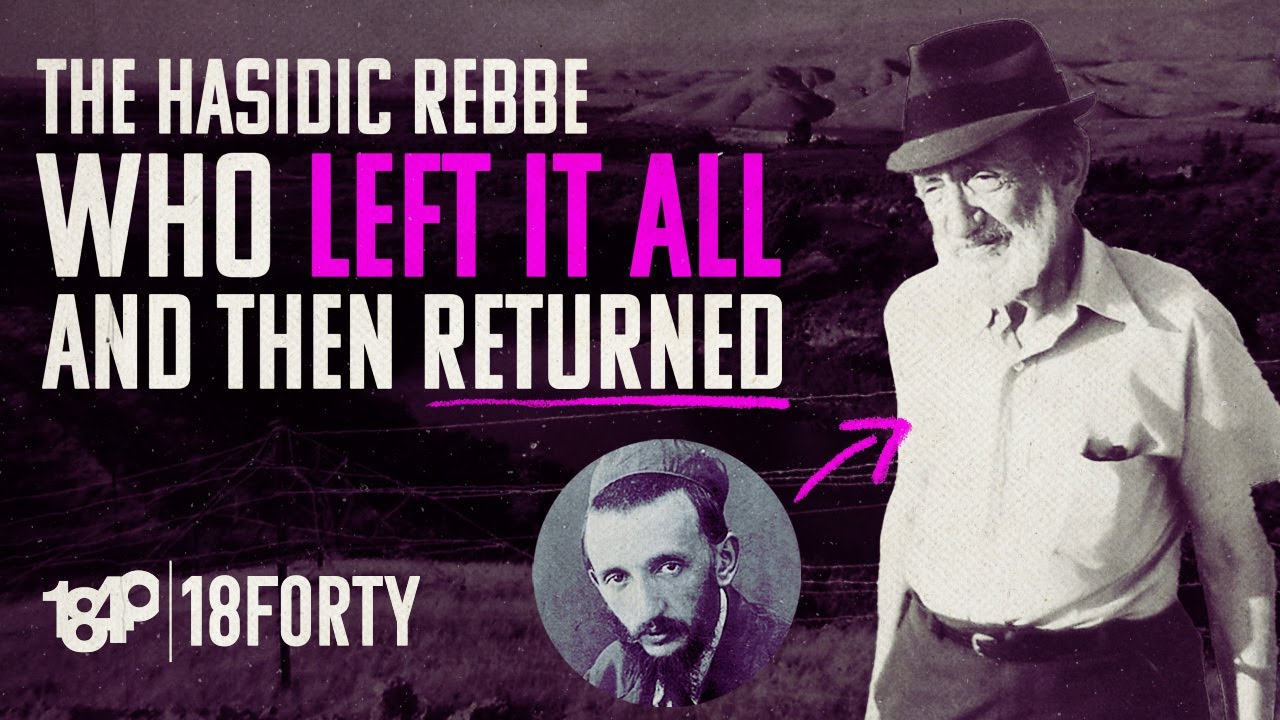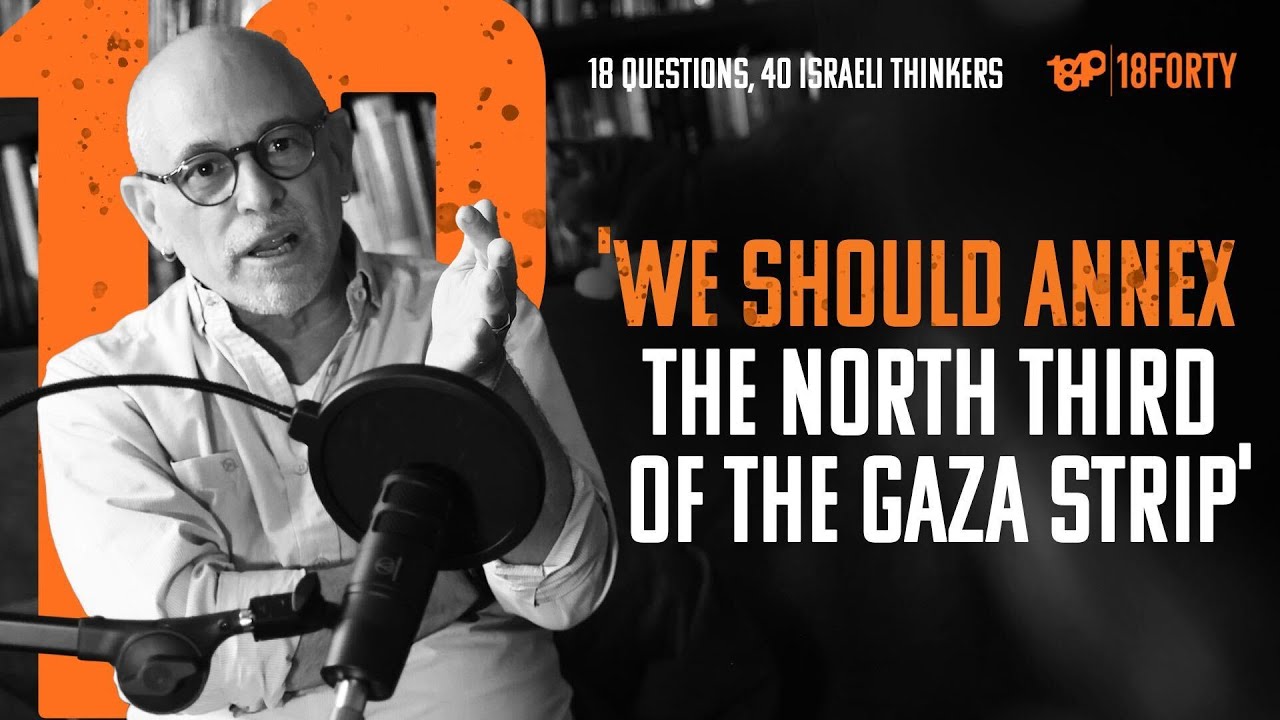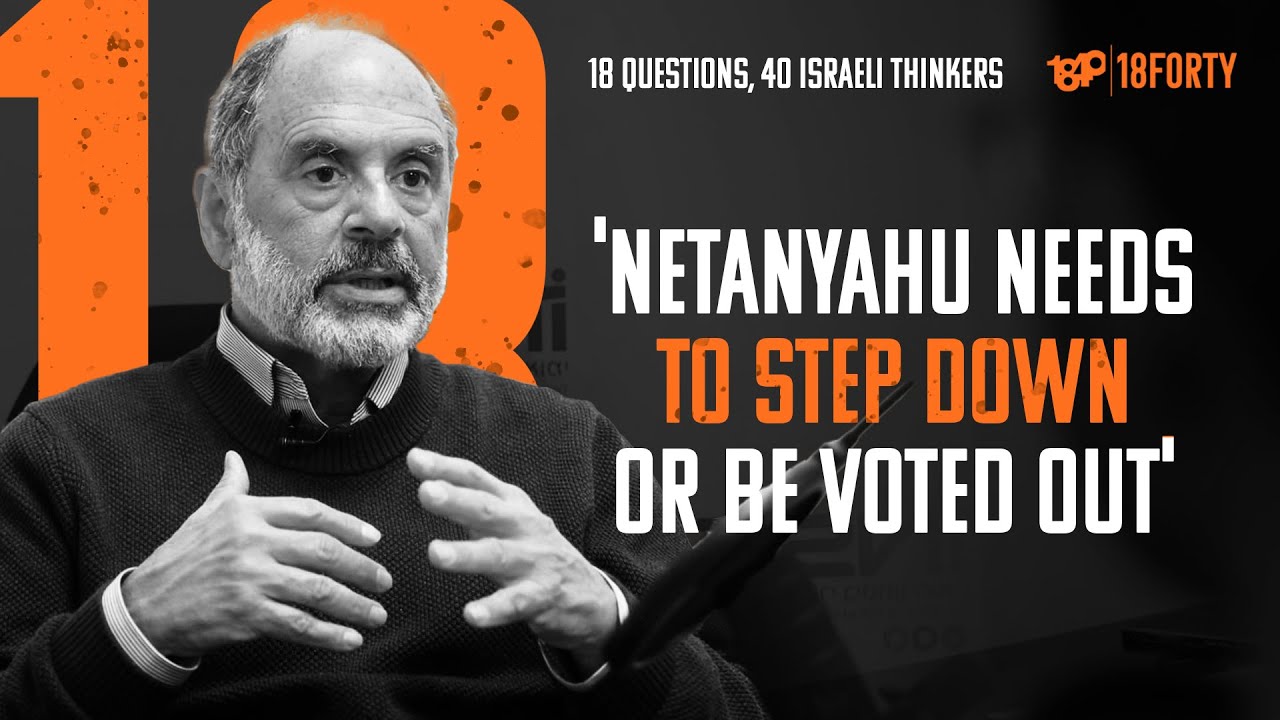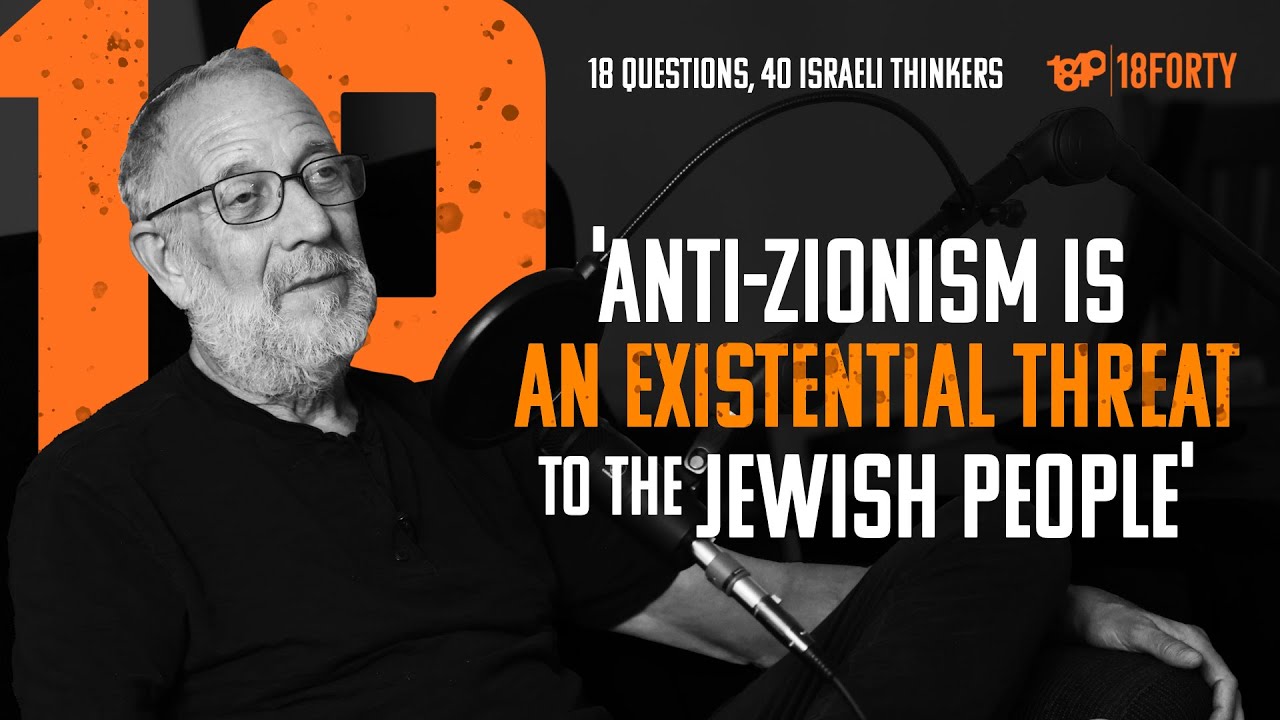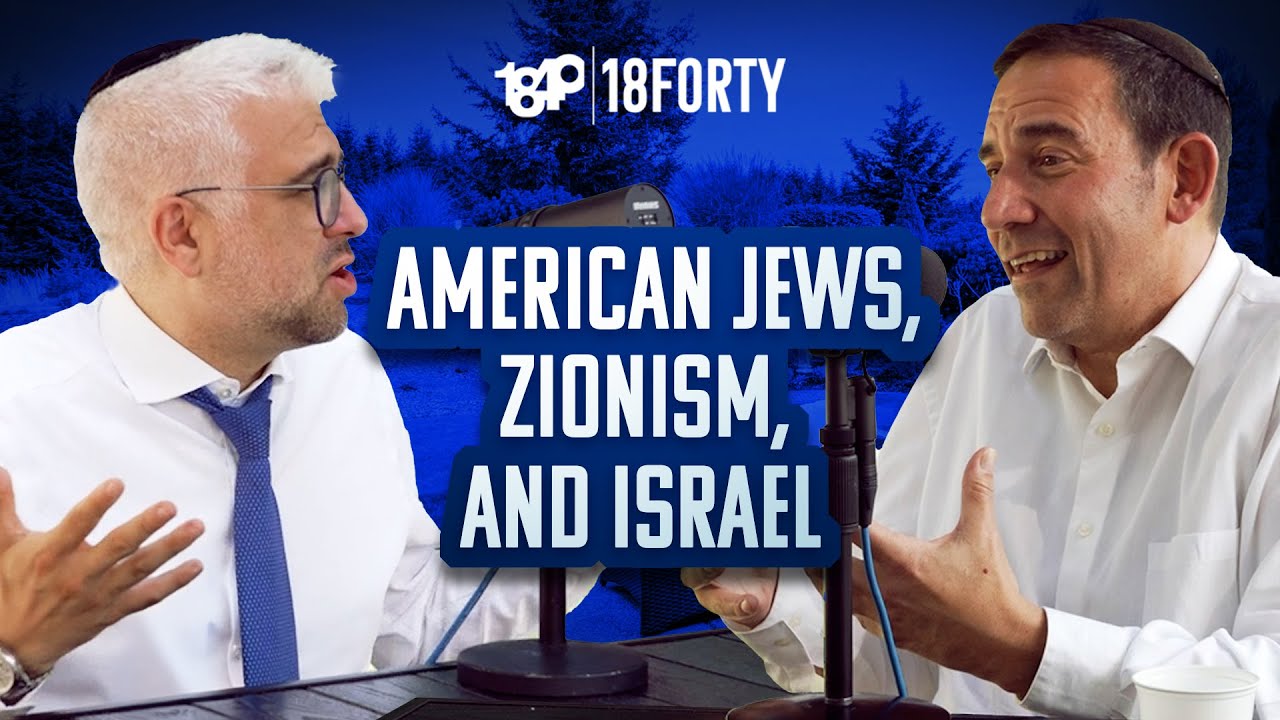In 11th grade, my high school arranged a special two-part lecture series on the “big Jewish questions” with a well-known speaker; among ourselves, we called it the “Just Stay Frum talk.” I still remember the first question he asked us: “The Torah tells us there are a lot of things we have to do, and a lot of things we’re not allowed to do. Shabbos, kosher, davening three times a day, tefillin… the list goes on and on. What’s it all for? Why does God care about anything we do? He’s God!”
Silence. 35 students, ranging from modern to Centrist to Religious Zionist to Yeshivish, and not one answer.
Except for one person: Berel. Berel, my chavrusa for the year, was a Chabad chassid who went on mivtza’im (mitzvah campaigns) on Fridays and every so often tried to convince me to learn a sichah of the Rebbe with him. Berel confidently answered, “Because He wants a dirah ba-tachtonim”—literally “a dwelling in the lower realm.”
While it happens to be that wasn’t the answer the lecturer was going for, it made it clear to me that Chabad was doing something right here.
Whereas the rest of us had no idea what the ultimate goal of our “brand” of Jewish practice was, Berel had an answer ready to go, and his practice was inspired in a way that ours wasn’t. Whereas the rest of us had our faces up against the trunks of many trees, knowing bits and pieces about the details but missing the bigger picture, Berel saw the entire forest.
Centrist Orthodoxy’s Answer
It took me a few years, but I’ve come to understand that according to the leading lights of Centrist Orthodoxy—Rabbi Samson Raphael Hirsch in the 19th century and Rabbi Yosef Dov Soloveitchik of the 20th century—the answer to the above question is the same as Berel’s: Hashem has tasked us with building him a dirah ba-tachtonim, a place for Him to “live” together with us in this world, the physical world of Olam Ha-Zeh. (When I say “Centrist Orthodoxy,” I refer to Jews loosely identified as those who follow halakha and view involvement in the secular world and secular wisdom as an ideal.)
This concept did not originate with the Lubavitcher Rebbe, Rav Hirsch, or Rav Soloveitchik. It comes from a Midrash (in fact, there are a number of Midrashim that all present versions of the same idea):
Rabbi Shmuel bar Nachman said: When Hashem created the world, He desired to have a dirah ba-tachtonim, a place for Him to reside below the way He had above. He created Adam and commanded him, “Eat from all the trees of the Garden, but do not eat from the Tree of Knowledge of Good and Evil.” Adam transgressed… and God removed Himself to the first rakiya, layer of the heavens…
This Midrash continues through the opening chapters of Bereishis and Noach; each subsequent sin causes Hashem to move one more level away from His ultimate goal of living here in this world. Once He reached the seventh level, Avraham appeared on the scene, instigating Hashem’s return. Yitzchak, Yaakov, Levi, Kehas, and Amram all make their contributions, bringing Hashem to the first rakiya. Finally, hundreds of years after Adam’s sin pushed Hashem away from this world, Hashem triumphantly returns. Intriguingly, the Midrash identifies the actual moment of return with two closely connected events:
Moshe came and brought Him back to Earth, as it says: “And Hashem descended onto Har Sinai.” And it says: “I came to my garden, my sister bride”— when was this? When the Mishkan was erected.
This Midrash is clearly a consequential one: it asks the biggest question possible, What was God’s intention in creating the world? In answering that question, it relates to the creation of man, and then to the giving of the Torah and the building of the Mishkan — arguably, the centerpieces of the entire Torah. So it is not surprising that this Midrash was picked up as a central organizing principle for understanding Judaism.
The concept of a “dwelling-place below,” however, can mean very different things.
Rabbi Shneur Zalman of Liadi, Chabad’s founding rebbe and author of the Tanya, uses it in a mystical sense, relating to the Jewish mission of bringing Hashem’s light from the highest heavens all the way down into this lowest of worlds. According to this approach, the more people who do mitzvos (such as the famous Chabad missions, tefillin for men, and Shabbos candles for women), and the more aspects of the physical world brought into Divine service, the more of God’s light is generated and the closer this world gets to hosting Hashem and bringing Mashiach.
Rav Hirsch and Rav Soloveitchik, while still centering this Midrash and its this-worldly focus, understand it exoterically rather than esoterically. Instead of seeing every religious act as an infusion of Divine light into the world, and every physical object used for Divine service contributing to metaphysical “repair of the world,” Rav Hirsch and Rav Soloveitchik present the goal to be developing a God-centered society that reflects the Torah’s blueprint for how to live life in the most ideal way. This leads to a number of significant “tactical” differences, such as Chabad’s focus on mitzvah campaigns even for those who are totally unaffiliated (without the explanation that mitzvah performance can serve to bring people closer to Judaism) on the one hand and Rav Soloveitchik’s embrace of Eretz Yisrael, the most fitting site of this God-centered society, on the other.
What Rav Hirsch Says
Rav Hirsch references this Midrash a number of times in his commentary on the Torah, noting how fundamental it is. Commenting on “the voice of God in the Garden” following Adam and Chava’s sin (Bereishis 3:8), he writes:
On this verse, our Sages remark: Ikar Shechinah ba-tachtonim [one of the parallel formulations mentioned above]. Originally, God wished to establish His Presence on earth … So may we infer from the story of Gan Eden: Not in the next world, but in this world can peace reside with man… But all this depends on whether man, in all his glory, submits to God and learns from Him what is good and what is evil. To reopen the gates of Paradise; to restore peace and harmony on earth… to bring the Shechinah back to Earth — that is the aim of the Torah and its reward, as proclaimed on every page of the Holy Scriptures… God draws near and comes to us in the midst of earthly human life, in all its diversity, provided that this sphere of human life on earth is kadosh, holy!
Later, Noach describes three forms of human civilization based on his three children, Shem, Cham and Yefes, and declares that “God will dwell [yishkon, related to Shechina] in the tents of Shem (9:27). Rav Hirsch writes:
Other religions teach what man must do in order to attain closeness to God in the next world; Judaism teaches what we must do so that God will draw near to us in this world. Judaism teaches that ikar Shechinah ba-tachtonim; God seeks, first of all, to dwell on earth together with man; He says, “V’asu Li Mikdash v’shachanti b’socham — Let them make of their lives on earth a sanctuary to Me, and then I will dwell in their midst.” To perfect the world through the reign of the Almighty [l’taken olam b’malchut Shakai] — not only in the heavens above, but also on the earth below — is the mission of Israel and purpose of its Torah [emphasis mine].
In 28:10, Rav Hirsch again makes reference to this Midrash, this time portraying it as: “The Sages of Israel have expressed an idea that contains within it a complete worldview: “Ikar Shechinah ba-tachtonim, the principal place of the Shechinah is on Earth.”
What Rav Soloveitchik Says
Rav Soloveitchik references this Midrash in his Halakhic Man. He first describes an archetype he labels “halakhic man.” The essence of his life is oriented around his relationship with God and living according to God’s direction. “His soul… thirsts for the living God, and these streams of yearning surge and flow to the sea of transcendence to “God who conceals Himself in His dazzling hiddenness.” As opposed to another archetype, that of homo religiosus, who tries to escape this world and connect to God on His turf (page 15), “halakhic man starts out in supernal realms [by creating an a priori, ideal world through cognizing the halakhic system] and ends up in this world…Halakhic man takes up his position in this world and does not move from it. He wishes to purify this world, not to escape from it” (pages 40–41).
Halakhic man’s goal is to bring God down into this world by first understanding the “blueprint” He created for this world — the Torah, and its practical expression through halakha — and then striving to align this world with that ideal system. In this way, Hashem can live among us once we’ve built a world that aligns with the specifications He gave us. “When the Holy One, blessed be He, descended on Mount Sinai, He set an eternally binding precedent that it is God who descends to man, not man who ascends to God. When He said to Moses, ‘and let them make Me a sanctuary, that I may dwell among them,’ He thereby revealed the awesome mystery that God contracts His divine presence in this world” (page 48).
Did you notice that Rav Soloveitchik just referenced the same two events that the Midrash marked as highlighting Hashem’s return to this world? That is of course no accident; he is describing the exact same idea: Our purpose is to bring God down into this world by understanding Divine values, communicated by the Torah and symbolically represented by the Mishkan, and then molding this world to reflect those values in our lives, both through the practice of halakhah and the internalization of halakhic values.
A bit later in the book, Rav Soloveitchik finally references the Midrash itself, sealing the deal. “Halakhic man declares that the true home of the Divine Presence is in this world… ‘The principle abode of the Divine Presence was in the lower realms [ikar Shechinah ba-tachtonim]. As soon as Adam sinned, the Divine Presence betook itself to the first firmament… Abraham arose and brought it down… and Moses arose and brought it down from above [the first firmament] to below [the earth]’… the garden of God is this world, not a supernal one.” Rav Soloveitchik’s use of this Midrash confirms the impression given by the rest of the book: halakhic man’s goal is to serve as God’s “partner in the creation of the world” (a phrase that comes from complementary Midrashim, such as Bereishis Rabbah 3:9, that state “Hashem desired shutafin ba’tachtonim, partners in the lower world”) by working to bring about the ideal state of Olam Ha-Zeh in which God may dwell with us (a phrase used frequently by Rav Soloveitchik).
Centrist Characteristics
Thus, both Rav Hirsch and Rav Soloveitchik agree with the Chabad vision of building God a dirah ba-tachtonim. Their non-mystical understanding, though, as opposed to the mystical Chabad perspective, leads to a number of characteristics that mark the Centrist community.
Israel: This vision of a society run entirely according to halakhah and halakhic values is almost unimaginable outside of Israel. Diaspora Judaism is largely limited to individualistic elements of the Torah; only in Israel can we actually strive to set up an entire society that functions according to Hashem’s value system. Thus, Centrists see the return to Israel as a crucial step in the right direction toward accomplishing this telos of a dirah ba-tachtonim.
Talmud Torah: Both Rav Hirsch and Rav Soloveitchik championed a unique approach to learning: to understand the values and worldview we are meant to glean from each mitzvah through understanding the details of those mitzvos as communicated by the written and oral Torahs. While other systems of thought see Torah as the “life force of the universe,” in which case content takes a back seat to the importance of intellectually engaging with and understanding the word of God, the “worldview” approach tries to understand each mitzvah in terms of the ideals and perspectives we’re meant to be internalizing through its practice. (I develop this approach more, with examples, in my book Halachic Worldviews). Doctors are best suited for uncovering the Torah’s perspective on issues of medical halakha, while businessmen and accountants will have unique insights on sugyos relating to economics and business law. Torah study remains a prime value, but in a form that aligns with its purpose of guiding one’s conduct and values.
Secular Studies and Careers: Because the ultimate goal is a fully functioning society, we need professionals who are able to run all aspects of that society — from doctors and lawyers to teachers and social workers, and everything in between. Whereas other communities see one’s career as a b’dieved curse that should be minimized as much as possible, the Centrist community sees it as an opportunity to take one’s interests, mold them through engaging with the areas of Torah relevant to that profession, and then bring those values to life through one’s engagement with settling and developing the world. Other areas of secular wisdom can be embraced as well for the benefits they bring to both individual and communal life. (This is distinct from seeing “the best the secular world has to offer” as an independent goal to be pursued on its own merits, which I call intellectual treasure-hunting — interesting, but not at all essential).
Individual Talents: Because of the complexity involved in developing a fully functional society, it becomes clear that we need different people with different interests who will take on different roles. This seems to be the message of the Shevatim model — different groups with different strengths who each contribute in their way to the development of an ideal society in Israel. If so, each person should be given the latitude to uncover what their strengths are and how they are meant to use them for the benefit of the nation. Thus, while both Rav Hirsch and Rav Soloveitchik discuss distinct roles for men and women in family and society, room is still made for individuals blessed with unique talents to pursue the use of those talents, of course while operating according to the halachic system.
If you ask a Centrist what the purpose of Torah is, or about the goal of our existence, I don’t think the answer is “Torah U’maddah” or “following halakhah while engaging with the best of secular culture.” I think our leading lights, Rav Hirsch and Rav Soloveitchik, would want us to answer that we are doing our best to develop a society of inspired and inspiring people working together, each utilizing their unique skills and interests, to actualize the blueprints for the Mikdash Hashem gave us, as encoded in His Torah.
In other words, we, too, are trying to bring God into our dirah ba-tachtonim.
Tzvi Goldstein graduated from Yeshiva University with semikha and a degree in Psychology. After making aliyah, he taught in Yeshivat Hakotel for five years and now edits sefarim for a number of publishers. He recently published a sefer with Mosaica Press called Halachic Worldviews, exploring Rav Hirsch’s and Rav Soloveitchik’s approach to developing hashkafah from halakha, and writes a weekly Substack.
